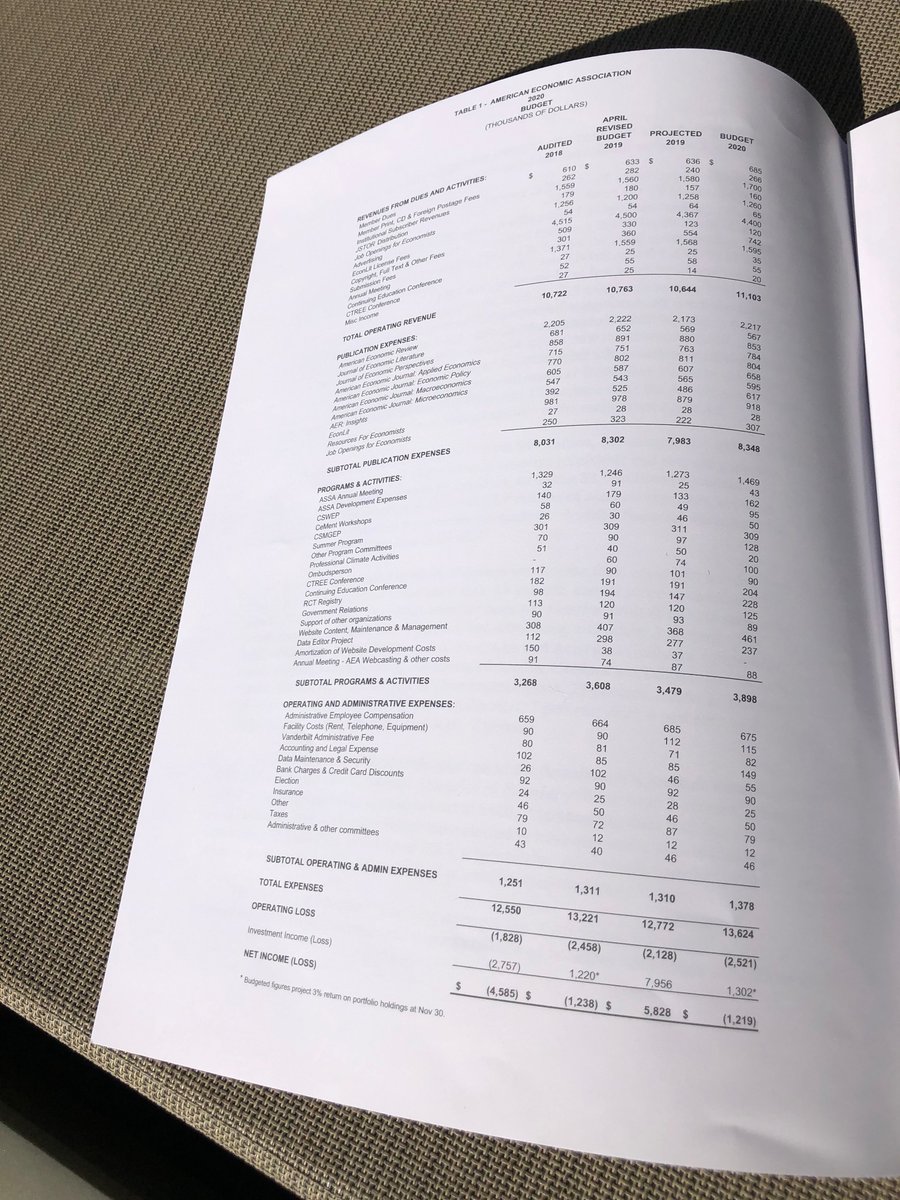
Q: Why is rent so high? (median US renter paid 14% of income for rent in 1960, 24% by 2017.)
That’s the topic of my new paper with @evansuw alum Alanna Williams, presented this morning @nberpubs #NBERSI2020.
Want the answer (or at least a partial one)? Follow along! (1/11)
That’s the topic of my new paper with @evansuw alum Alanna Williams, presented this morning @nberpubs #NBERSI2020.
Want the answer (or at least a partial one)? Follow along! (1/11)

First some clues to the mystery: this is more a story of rents rising fast, rather than incomes falling. Renter incomes track inflation well, but sometime around 1970 rents started accelerating ahead of inflation. Had rents just tracked inflation they’d be about 50% lower today. 

It’s a story of rents for older apartments rising, in particular. Long ago, affordable housing was created through depreciation, not construction. Older units rented at a significant discount – 25% off for a 10-20 year old unit. There’s still a discount, but it is smaller. 



Think this is a story of coastal cities failing to build fast enough to meet demand? To some extent, but there’s actually surprisingly little difference in affordability between successful coastal Boston and rust-beltier B cities like Buffalo or Bridgeport. 

So what’s going on? In the mid-1970s, most states passed reforms to landlord-tenant law.
Before these reforms, apartments were rented “as-is.”
After, landlords had to guarantee "habitability." Tenants had the legal right to withhold rent if units were not kept up to code.
Before these reforms, apartments were rented “as-is.”
After, landlords had to guarantee "habitability." Tenants had the legal right to withhold rent if units were not kept up to code.
These reforms coincided with a period where substandard housing units were removed from the housing stock.
In the 1960 census, 21% of rental housing units didn’t have complete indoor plumbing.
By 1990, that was down to 1%.
In the 1960 census, 21% of rental housing units didn’t have complete indoor plumbing.
By 1990, that was down to 1%.
Up until the 1970s, the stock of rental units built in a given decade tended to increase over time. Owners leaving their homes would often rent them out rather than sell them.
This graph shows that pattern stopped after 1980. Fewer people are deciding to become landlords.
This graph shows that pattern stopped after 1980. Fewer people are deciding to become landlords.

Here’s the main result. States reformed tenant law at varying points in time, and some still haven’t. So you do the classic diff-in-diff regression and discover that “warranty of habitability” laws lowered rents on brand new units but raised them on older ones. 

The effect is pretty big: A 1950-built unit, according to the preferred specification (3rd one in above table), rents for about *53% more* in 2020 as a consequence of the reform.
(It’s also likely to be of higher quality, and comes with an implied warranty.)
(It’s also likely to be of higher quality, and comes with an implied warranty.)
In the end, it’s a good news/bad news story.
Landlord-tenant law reforms appear to have been successful in making housing safe and decent, but they’ve also made housing less affordable.
If you want safe, decent, AND affordable, the solution appears to be public subsidy.
Landlord-tenant law reforms appear to have been successful in making housing safe and decent, but they’ve also made housing less affordable.
If you want safe, decent, AND affordable, the solution appears to be public subsidy.
Bonus tweet: What’s behind the more recent decline in affordability? Regression evidence shows it’s concentrated among larger, older apartments where lead paint is a risk factor for children.
Landlord liability for lead paint emerges after final EPA regulations in 2001. (11/11)
Landlord liability for lead paint emerges after final EPA regulations in 2001. (11/11)

• • •
Missing some Tweet in this thread? You can try to
force a refresh





